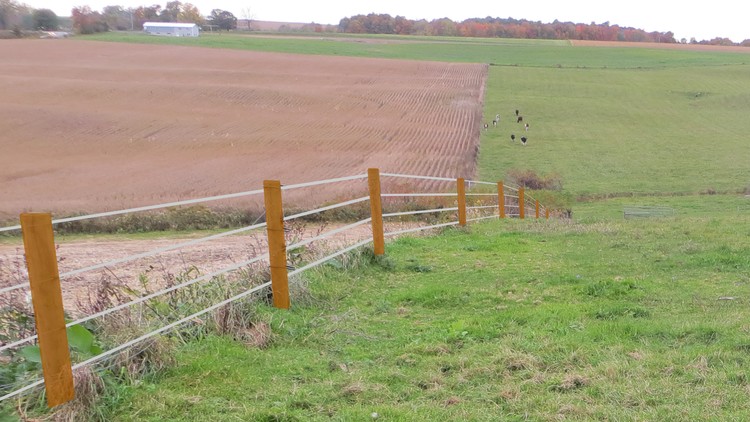Agricultural Fence Design (NRCS Standard 382)
A guide to designing and inspecting fences for agricultural conservation. And othe stuff.
4.34 (257 reviews)

6,636
students
1 hour
content
Feb 2017
last update
FREE
regular price
What you will learn
Understand how Fences can benefit soil and water conservation
Choose good locations for agricultural fences
Inspect installed fences for defects
Write fence specifications for contract documents
Related Topics
478952
udemy ID
4/17/2015
course created date
11/23/2019
course indexed date
Bot
course submited by